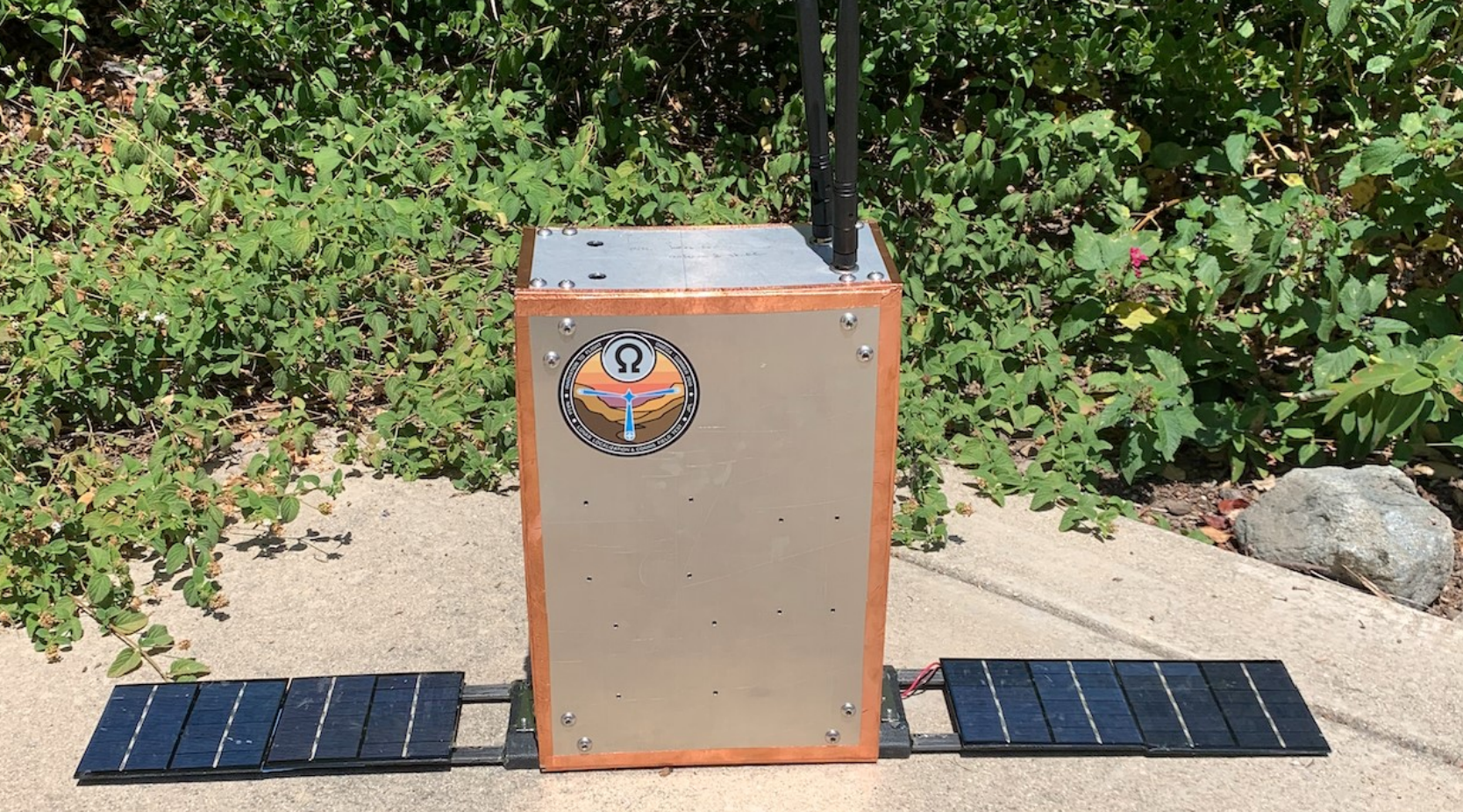
NASA Jet Propulsion Laboratory
Lunar Rover Localization with CubeSats
Paper
Lunar Asset Messaging and On Orbit Navigation
NASA JPL Open Repository, June 2021
Gallery
Abstract
The increased focus on the Moon as a destination for future human and robotic expeditions necessitates general purpose navigational and communications infrastructure reducing their complexity to help establish a sustained presence. A framework through which Lunar missions can relay communications and localize their positions shifts the burden from the individual mission and enables resource allocation tailored to mission-specific goals. During the summer of 2020, student interns under the Innovation to Flight (i2F) program at the National Aeronautics and Space Administration’s (NASA) Jet Propulsion Laboratory (JPL) in collaboration with the University of Colorado Boulder designed, built, and tested a prototype framework capable of providing surface assets with communication and positioning services. The team utilized the existing i2F CubeSat bus in addition to developing several CubeSat engineering development units (EDUs), a ground vehicle, and a ground station to simulate a scenario in which a lunar surface mission is supported by these services. A primary goal of the summer was to develop a method for localizing the ground vehicle through trilateration. Distances are inferred from the round-trip time of flight (ToF) of radio signals between an asset and several elements. Signals were sent and received using LimeSDR software defined radios on-board both the ground vehicle and the EDUs; ToF and trilateration were calculated on a Qualcomm Snapdragon development board located within the LA MOON payload data system. The ModalAI chipset on the Qualcomm was instrumental in executing visual based position estimation.
Communications was facilitated through a bent-pipe approach addressing the NASA requirement to provide solutions for in communication denied locations. The ground vehicle relayed information to other surface assetsin addition to its ground station through the supporting constellation. This project demonstrates the feasibility of a lunar CubeSat constellation for the support of surface assets and explores packaging and operations of the components critical to trilateration and bent-pipe communication into a standard CubeSat form factor. When implemented, this framework will open a door for new surface missions designed with lower power requirements and increased operational access.